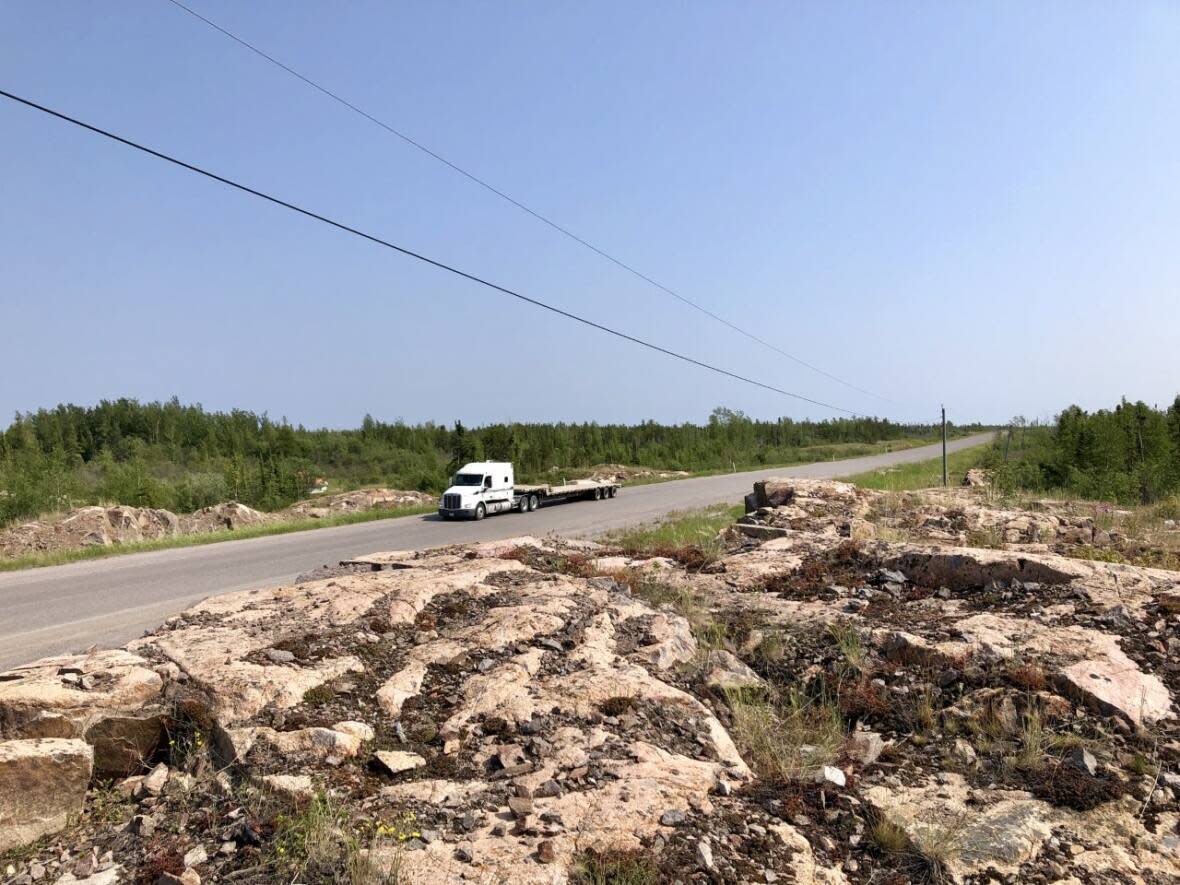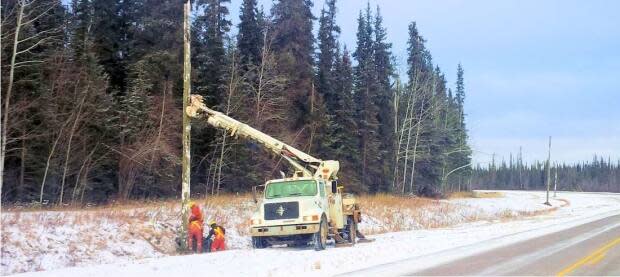Bad internet persists in the N.W.T. despite federal commitments to improve service

A new report from Canada's auditor general says rural and remote communities are still way behind the rest of the country when it comes to internet access — and nowhere is that disparity greater than in the Northwest Territories.
According to data from the Canadian Radio-television and Telecommunications Commission (CRTC) included in the report, only 18 per cent of people in small N.W.T. communities have access to high-speed internet. In contrast, 98 per cent of people in larger communities have access to high-speed internet.
Jeannie Gruben sees firsthand the impact of slow internet every day as the youth co-ordinator for the Tuktoyaktuk Community Corporation.
Gruben said kids use the youth centre's slow and unreliable internet to do research for school, apply for jobs, play games and chat with friends.
"It doesn't run that well most of the time. It cuts out about once a day and it's not really as efficient as we would like it to be for the youth," she said.
Most days, the internet isn't good enough for youth to watch YouTube videos. If the kids want to stream a movie, Gruben usually can't do any office work at the same time, she said.
"It affects the whole place," she explained.
Not a luxury
In 2019, the federal government set a goal to have all Canadians connected to high speed internet by 2030, writing that "the Internet is no longer a luxury — it is a necessity." Funding available through the plan was meant to be targeted to "areas where there is a limited private-sector business case for investment," as is the case for most small communities in N.W.T.
The new report from the auditor general looked at how well Ottawa's efforts to improve internet access in small communities are going, and provided recommendations on how to make existing programs more effective.
Natalie Cambell, a former N.W.T. resident who is currently the director of government and regulatory affairs for North America at The Internet Society, said one important northern issue in the report is a call for the CRTC to better measure the affordability of internet in rural areas.
"It's not just building the infrastructure, which is a big part of addressing connectivity challenges in the North. It's also affordability," she said.

"I've been to communities where I've had conversations with residents who say they regularly have to make decisions between buying groceries and using the internet."
She said part of the reason the internet is so expensive in the North has to do with geography: it's expensive to build the necessary infrastructure to connect remote communities.
A lack of competition is another reason, she noted — and the difficult process to access federal funding for internet projects feeds into that.
40% of funding used
The auditor general's report notes the Government of Canada earmarked more than $8 billion over the next decade for internet connectivity. So far, about 40 per cent of that has been used.
Campbell said accessing that funding is hardest for small companies, Indigenous governments and community-led projects.
"The incumbent companies have teams of lawyers, they have teams of specialists who know how to do these funding applications, who can jump through these hoops," she noted.
"That is a barrier to community-led solutions."

Lyle Fabian, the president of KatloTech Communications, said he has experienced that first-hand for his company, which is an Indigenous-led telecommunications business based out of Yellowknife.
"It's much easier and quicker to go with private equity investors than to deal with the Government of Canada," he said of his own experiences trying to access funding.
Despite these challenges, internet connectivity in some N.W.T. communities is still improving.
On Tuesday, the Tłı̨chǫ Government announced it had built a fibre optic line connecting Whatì to high-speed internet. The project was managed by the Tłı̨chǫ government, and completed with funding from the Tłı̨chǫ government, the territorial government and the federal government.


